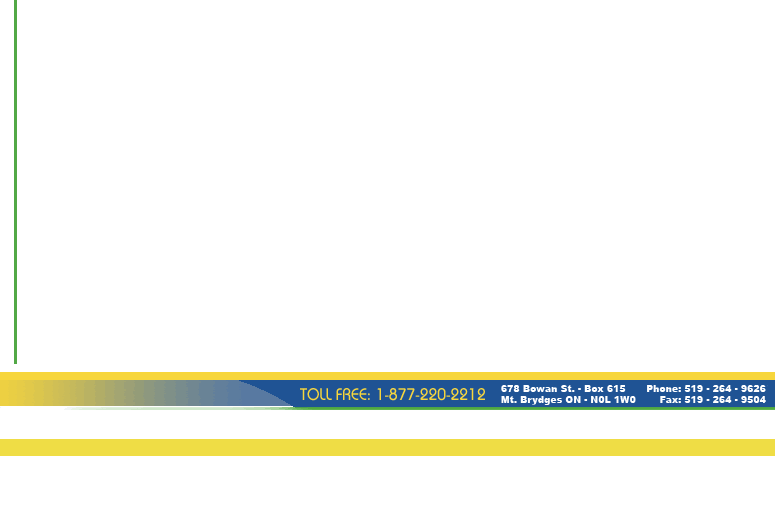Maximum
Swine
Marketing Ltd. Newsletter
Hog Commentary for
February 21st, 2006
Hog
Markets
Cash hog prices performed well over the week adding to recent
gains in both regional and national markets. The ISM region
posted cash bids of $2.00 US per cwt over a week earlier with
the national average gaining $3.35 capturing some of the lag
effect of the previous week. Impressive moves in the cutout
have allowed for the gains in cash as US packers appear to have
positive margins with the current spread between meat prices
and live hog values. Also supportive to the cash has been the
sharply reduced kill levels which totaled 1.978 M, 1.5% below
last week and 4.7% below the equivalent marketing week last
year. Disease issues in major hog producing regions of Canada
and the Midwest have been marked as a reason for the reduced
marketing of the last week.
Lean hog futures had a similar performance to cash this week
posting gains in all 2006 contracts. Although prices were higher
than a week earlier futures experienced a high level of volatility
trading limit down during last Wednesday’s session due
to a $4.00 US drop in cash reported that morning. A recovery
Thursday and Friday allowed prices to settle higher with packers
unsuccessful in trying to devalue the price of live hogs. Weights
and slaughter levels continue to fall adding to the positive
tone in the lean hog market which once again looks to begin
a seasonal rally over the next 2-3 months.
Feed Markets
Cash soymeal prices were slightly higher this past week and
carried a firm tone into the long weekend as forecasts in South
America remain hot and dry. Although soybean crops in Brazil
and Argentina are currently under heat stress the growing season
in general has been slightly better than average. The spread
of bird flu across Europe has been able to keep weather threats
in check causing lower trade in overnight markets with France
reporting their first case of the disease over the weekend.
Consumption has continued to drop for poultry and as many market
analysts suspect will cause a drop in soymeal demand with less
production slated for many poultry producing countries. Weather
will continue to battle demand concerns over the next couple
of months but with 2 million more acres expected in the US for
2006 according to the latest USDA outlook conference a new trend
will likely emerge once planting is complete.
A lower ending stock number reported from the USDA industry
outlook conference for 2006/2007 helped corn trade higher at
the end of last week closing new crop contracts at their highest
level since Aug 2005. Although ending stocks for the current
marketing year are still projected near record levels at 2.40
billion, analysts are focused on estimates for the end of the
next marketing year pegged at 1.726 billion because of lower
acres and increased demand expectations. Price volatility is
likely going forward with the trend appearing to have turned
up in the face of huge stocks. Without a weather threat for
US corn priced into the market, upside could be considerably
higher given the markets recent strength.

